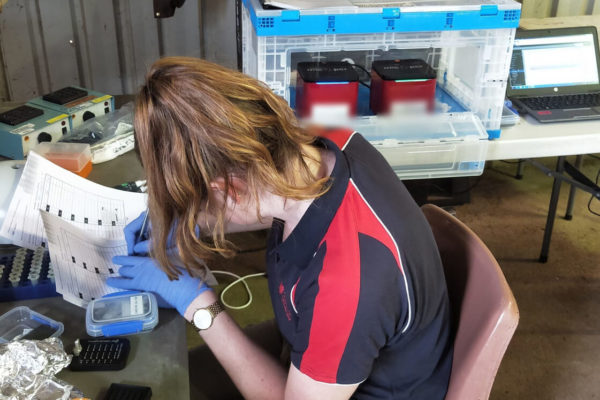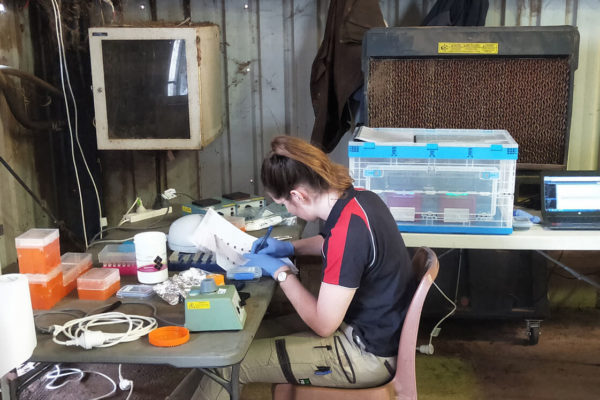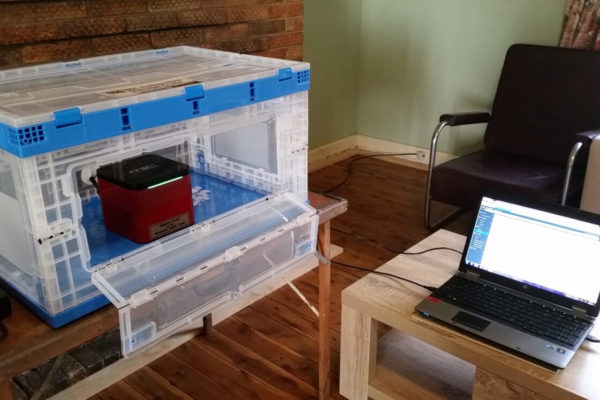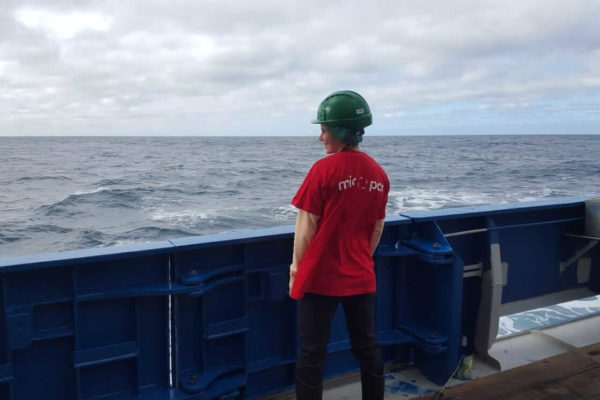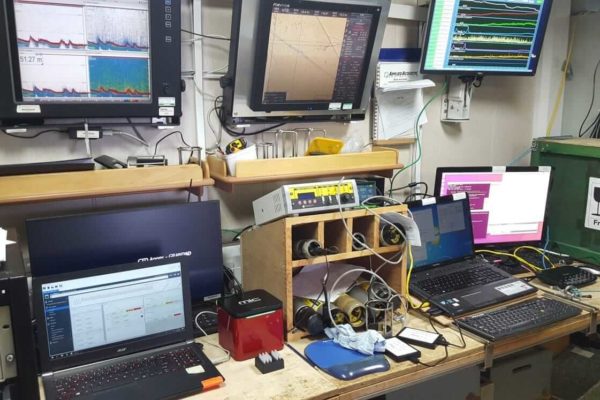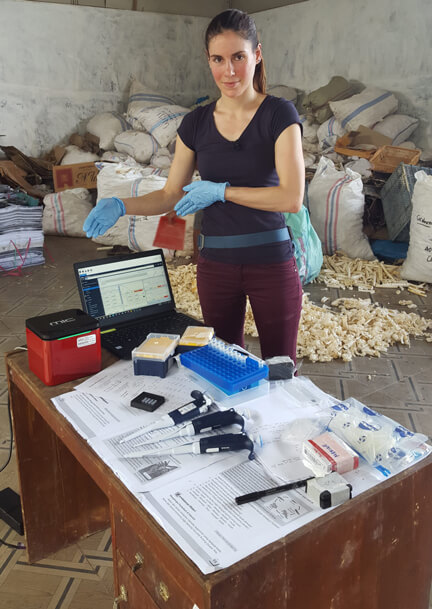
Diagnostic tests are a fundamental component of a successful disease outbreak containment strategy, being involved at every stage, from initial detection to eventual resolution. Past outbreaks such as Ebola, Yellow fever and Lassa fever have been exacerbated by the lack of accessible diagnostic tests, where tests were performed in centralised laboratories. These centralised laboratories are typically far from the centers of the epidemic which can be frequently located in rural or border areas. This leads to longer turnaround times, ultimately delaying the time for disease containment.
An important part of disease prevention is the early detection and continual surveillance of the pathogen. Breaking down the centralisation framework and integrating deployable laboratories is an innovative way to provide diagnostic support in resource limited and remote areas. It allows the ability to develop a quick response to any disease outbreaks around the world. As a result, deployable laboratories lead to faster turnaround times, from days to hours, circumvent problems related to specimen transport and ultimately provide more effective containment of disease outbreaks.
Previous disease outbreak experiences demonstrated that decentralization of laboratories for diagnostic testing is essential for rapid containment and reduce transmission of outbreaks 1 . In the case of the 2013–2016 Ebola epidemic in West Africa, there was a 3-month delay between the index case and the identification of the causative agent. Post-outbreak analyses suggest that diagnosing 60% of patients within 1 day instead of 5 days could have reduced the attack rate from 80% to nearly 0% 3. In contrast, improvements in availability of point-of-care diagnostics and deployable laboratory facilities in transmission zones limited the spread of the 2018 Ebola outbreak. A truck-based mobile biosafety level-3 laboratory was deployed to one of the ‘hotspots’ for the 2018 Ebola outbreak in Sierra Leone. The deployable laboratory allowed diagnosis of suspected Ebola cases in under four hours from the time of sample collection 4. This was also demonstrated during the 2009 influenza epidemic, where a fully field portable self-contained laboratory module was taken overland to a remote northern Australian location and operated with portable generator power 5,6 . The timelier detection with turnaround time of hours instead of days initiated faster therapy and control measures of the influenza.
The small size and weight of the Mic qPCR Cycler means that it can be easily integrated into a deployable laboratory. With its compact size, it is possible to store it in a backpack for even further remote testing. The Mic’s robustness enables reliable operation under austere environmental conditions. Our goal is to make real-time PCR accessible at the point-of-need using the Mic qPCR Cycler to allow on the spot diagnosis*. By going out in-field, it will save time and money whilst allowing better and faster decisions to be made for disease outbreak containment.
Bio Molecular Systems (BMS) is dedicated to making the process of diagnostics easier, faster and more accessible for all.
*Mic is Research Use Only.
References
- Kelly-Cirino CD, Nkengasong J, Kettler H, et al. (2019) Importance of diagnostics in epidemic and pandemic preparedness. BMJ Glob Health, 4:e001179. doi:10.1136/ bmjgh-2018-001179
- Perkins MD, Dye C, Balasegaram M, et al. (2017) Diagnostic preparedness for infectious disease outbreaks. Lancet, 390:2211–4. 10.1016/S0140-6736(17)31224-2
- Centers for Disease Control and Prevention (CDC). (2016) Cost of the ebola epidemic. Available from: https://www.cdc.gov/vhf/ebola/outbreaks/2014-west-africa/cost-of-ebola.html
- Zhang Y, Gong Y, Wang C, Liu W, Wang Z, Xia Z, et al. (2017) Rapid deployment of a mobile biosafety level-3 laboratory in Sierra Leone during the 2014 Ebola virus epidemic. PLoS Negl Trop Dis, 11(5): e0005622. https://doi.org/10.1371/journal.pntd.0005622
- Inglis, T. (2013). Review article: The lab without walls: A deployable approach to tropical infectious diseases. Am J Trop Med Hyg, 88(4), 614-618. https://doi.org/10.4269/ajtmh.12-0704
- Inglis TJJ, Merritt AJ, Levy A, Vietheer P, Bradbury R, Scholler A, et al. (2011) Deployable Laboratory Response to Influenza Pandemic; PCR Assay Field Trials and Comparison with Reference Methods. PLoS ONE, 6(10): e25526. https://doi.org/10.1371/journal.pone.0025526

